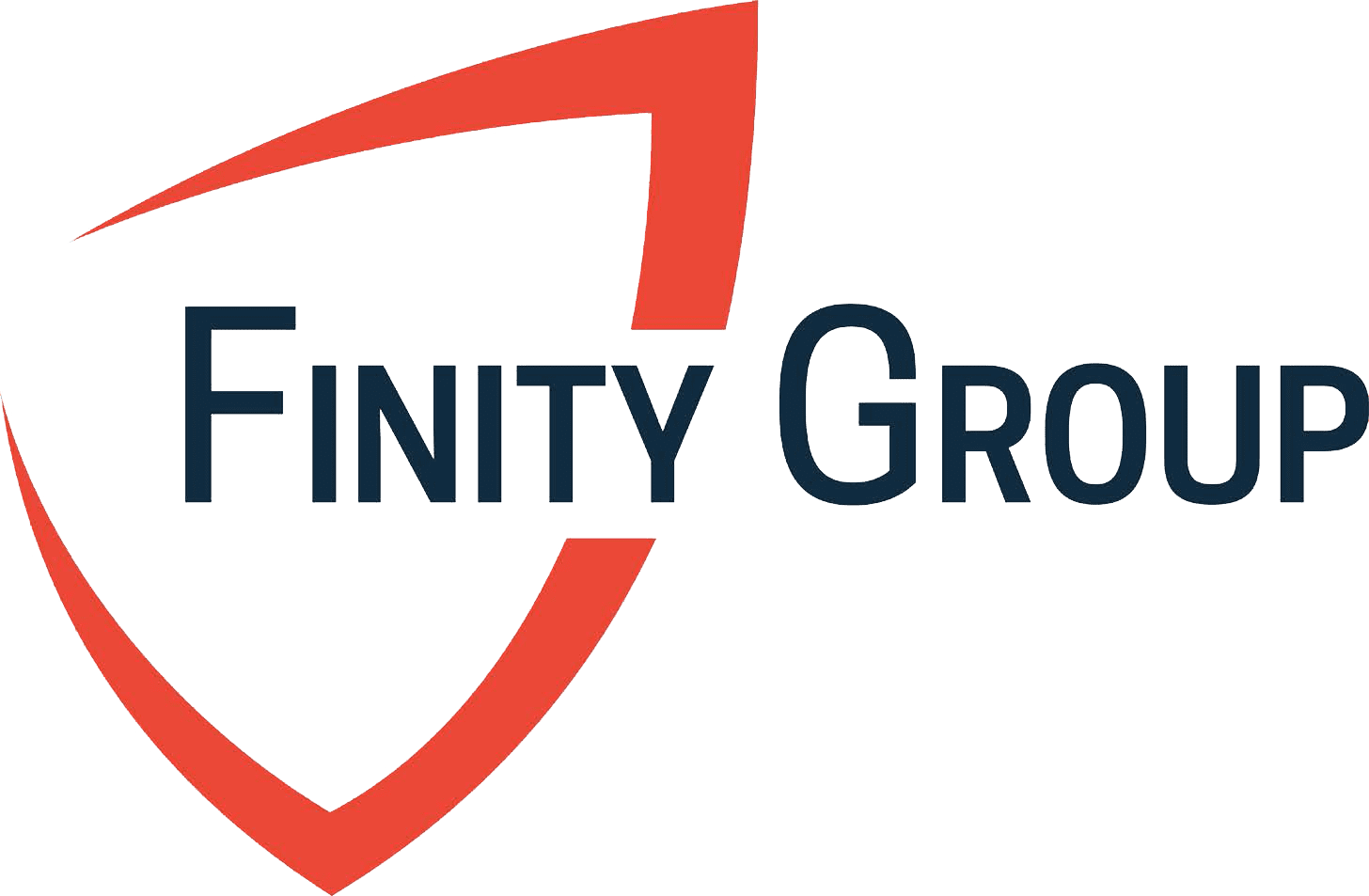Written by: Evan White
How to invest $100,000 is a variation on the ever popular ‘What three value stocks do you need in your portfolio?’ Or ‘What are the big investment plays for 2022?’ Or ‘Is now the time to…..?’
This is my “gotcha” lead so if you arrived at this post looking for the next great investment idea, this post isn’t for you. But maybe it should be.
What Dictates Investment Decisions?
Simply put, I don’t think investing should be dictated by the daily stew of exaggerated headlines and sensationalized click-bait we all wade through (unless of course that headline brought you here). Being at the right place, at the right time in investing doesn’t usually lead to an early retirement, or confidence that you’ll be able to address your child’s education or buy that home.
More often than not, knee-jerk investment decisions miss the mark. More problematic still, investors make decisions without even knowing what exactly their target is. This type of investing behavior is at odds with meaningful long term financial success.
Why it is Important to Have a Plan?
Here’s an analogy. Let’s say you’ve decided to do something healthy with an eye for longevity, and you want to pick up running a few mornings each week. You go online, visit a few running related sites and pick up some shoes, socks, shorts and running shirts – largely based on a few unverified online recommendations, what you can find on sale, and also in your size (and for any runner that’s reading this, you’ll understand that running shoe size is very relative).
You’ve got some items to get you started but will those items perform based on what your body needs? And keep you running with a lower risk of injury? Have you even considered nutrition? Or how to properly stretch, and other activities to help your body recover between runs?
Investors that begin introducing financial vehicles, buying and selling when they have a moment, and accumulating financial products are like our runner above – you got started with a loose idea that you should set money aside for the future, and it may work for a time, but the chance for something to go wrong is much greater without some concrete guidance and, most importantly, a plan.
Let’s take this a step further. Now that you’ve been running and have managed to get a few days in weekly while also fortunately avoid injury, you decide to want run your first marathon. The average runner that goes out for a few miles, a few days each week, wouldn’t just lace up their shoes and trot out the front door, only to return 26.2 miles later.
You likely wouldn’t make it and would need to hitch a ride home. Or worse, you get injured. And maybe that injury is serious enough to set you back and you miss your event entirely. Very few would be able to achieve this marathon goal without training and consistency, and – once again – a plan.
Keeping your objective in Mind
Returning now to the original premise and the litany of common questions investors have been conditioned to ask and answer, lets reframe with what I think are the correct and better questions than the general question of how to invest $100,000 – what am I looking to achieve? What are my financial goals? And when do I want to realize these goals? Starting with your financial objectives in mind allows you to develop a strategy aligned with those goals, putting you in a better position to achieve success – whatever that means to you.
Where Should I Invest my Money?
Short Term:
So back to what might have brought you here – what do you want to accomplish? Let’s say you’d like to buy that first (or second) home. Kids are growing up and you’re considering a move to arrive in your ideal school district in two years. Where should you invest your down payment nest egg? I would argue you shouldn’t invest. The goal is too important, and the time is too short to consider exposing those dollars to any market risk.
Over the long-haul, I have the utmost confidence in the global markets but anything can and might happen in the short-term. Because of this sticking with high-yield online savings, short-term CDs that match your purchase timeline, competitive money market accounts and iBonds, and that’s about as far as I recommend. Again, please consult with a financial advisor before implementing or changing your investment strategy.
Long Term:
However, if you’re looking long-term – say meeting educational goals for your young children or to better prepare for retirement – I whole heartedly support investing to the global investment markets.
This short blog doesn’t afford enough space, but as a quick summary you’ll want to look at tax-shelter investment accounts first and then consider taxable investment vehicles second. Regardless of the tax nature of the account, look towards low-cost equity index positions as the cornerstone of your investment plan is a good start. Domestic stocks for sure, from large to small companies, but also your foreign companies and emerging markets too.
Beyond a globally diversified mix of stocks, I generally think a portion of your investment to bonds almost always makes sense too. Generally, bonds perform at odds to stocks, so if we see a slide in the equity markets the bond portion of your portfolio can help to hold up against the downside movements.
If markets are challenging, but your portfolio is performing slightly better based on this diversification, I suspect it will be a bit easier to hold tight and stay invested. See, that’s the other piece of what you’re aiming for, even if it isn’t clear in the question. Once you’ve arrived at a goal and begun investing towards those ends, it’s vitally important you continue your efforts with consistency, through positive market conditions and challenging times as well.
In Summary
Meaningful financial success doesn’t happen without consistency. If you’re asking where to park some money today, again based on today’s headlines or your colleague’s musings, getting something wrong is almost a certainty. But if you ignore the noise and invest based on your goals, across a broadly diversified mix of investments – and do so consistently – you likely stand to realize some appreciation based on whatever the market is going to offer, while also limiting your risk along the way.
In Short, whether you are investing $5,000 or $500,000, you will want to keep your financial objectives in mind to develop a strategy aligned with those goals and to put yourself in a better position to achieve success. This will mean different things to different people depending on what your goals are.
Related Blog Posts:
- How Much Money Does a Doctor Need to Retire?
- 6 Tips for Rapid Wealth Accumulation
- Retirement Plans for Doctors
Disclosures:
All examples are hypothetical and for illustrative purposes only. All investments have the risk of loss, including total loss of principal. Saving more or spending less does not eliminate investment risk. Investments involve fees and expenses, which will impact the net results. Taxes can further impact net portfolio results. Consult with a tax advisor for your specific tax implications. Consult with a financial advisor before implementing or changing your investment strategy.



